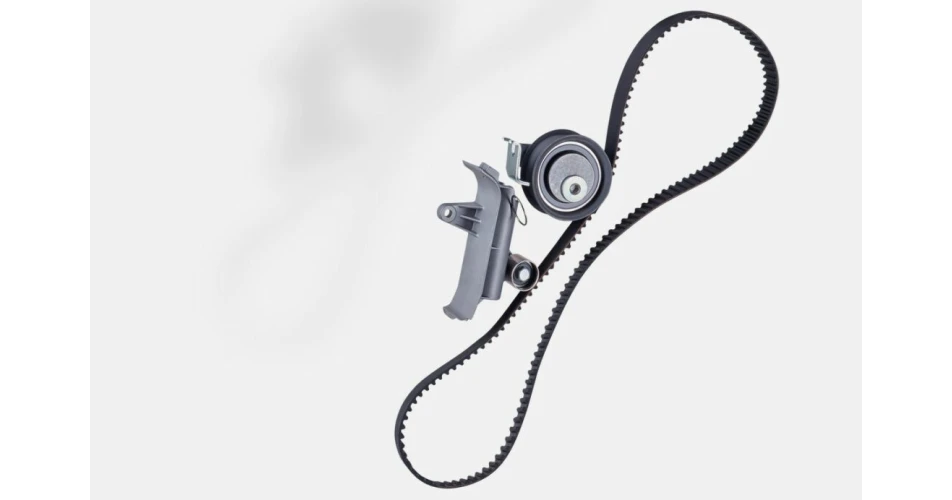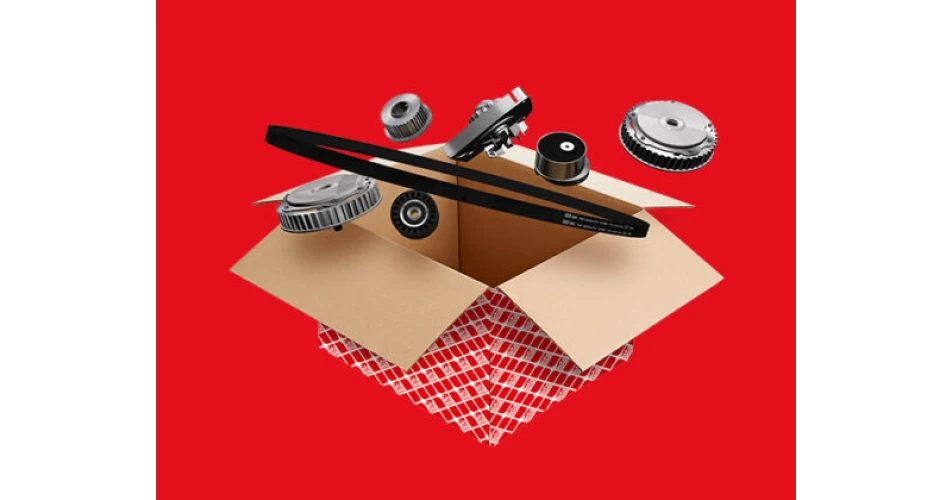Vehicles in which a timing belt is installed benefit greatly from the fact that timing belts are basically maintenance-free and do not need to be adjusted during their service life. However, they also bear the brunt of the high temperatures found within the engine compartment and the constant deflection. They are subjected to heavy stress and therefore wear out over time. In addition, the material from which they are made ages.
Change Intervals Depend on Several Factors For this reason, a timing belt should be checked and/or replaced at regular intervals. The intervals are specified by the vehicle manufacturer depending on the make and model. Only with regular servicing can potential problems be detected in a timely manner. If the timing belt is not checked enough, it can wear out too much and eventually break or fail due to mechanical failure while the engine is running. The result: engine valves and pistons may collide and can cause serious engine damage.
The replacement interval depends on many factors, for example, the belt type, the version of the engine, and the respective vehicle model. The same belt and engine combination in a different model can have completely different change intervals. This can be caused, for example, by a different installation position or different transmission and engine compartment requirements.
Adhere to the Vehicle Manufacturer’s Specifications When replacing the timing belt, all attachments should also be replaced. This is because the belt drive components are also exposed to extreme loads such as vibrations and speed fluctuations over the entire service life of the timing belt. When changing the belt, it is advisable to observe all the necessary information provided by the vehicle manufacturer, including the tightening torques of all attachments.
As drive systems with timing belts have become more complex, it is essential for the synchronous drive of the motor that the new belt is correctly installed and tensioned. If, for example, the correct tools are not used during installation or the tensioner is not set correctly, the service life of the timing belt will be severely impaired and premature failure is possible.
 Timing belts must meet the highest production standards as they perform an important function in the engine
Timing belts must meet the highest production standards as they perform an important function in the engine
 febi timing belt kits, which include a water pump, contain all the essential elements for a complete and professional repair
febi timing belt kits, which include a water pump, contain all the essential elements for a complete and professional repair